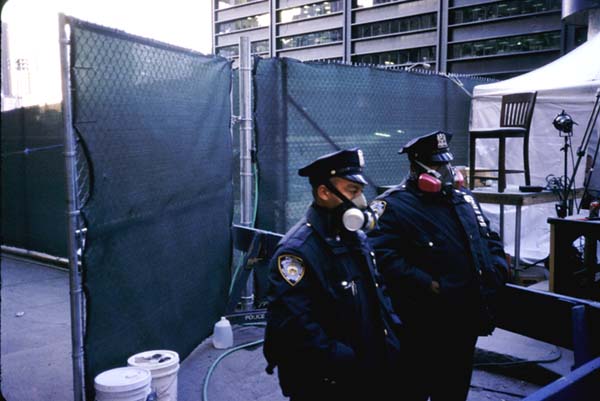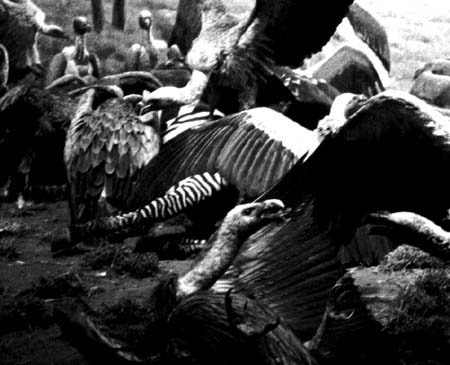
Ipomea platensis, (ten years old)
I’ve been trying to tidy up and organize my chaotic workspace and have found it hard to reduce the amount of *clutter*, much of it of a botanical nature, that perpetually surrounds me.
An inveterate anomophile, I’ve always been attracted to a certain qualities of freakishness and monstrosity in nature (and in people). These phenomena ellicit in my a kind of frisson that is hard to describe. It’s a kind of deep, biological excitement that tweaks me on an autonomic level. I just have to be around it.
To help feed this predilection, I maintain a small collection of caudiciform succulents, (most of them originating from the drier areas of Madagascar, South Africa and South America), which spend the cooler months of the year in my office. Caudiciforms have bloated and swollen stems which store moisture so that they can survive through many months of drought. These stems vary from almost spherical, to bottle shaped, to anthropomorphically lumpish forms reminiscent of some kind of botanical incarnation of the work of Henry Moore.
Mostly slow growing, caudiciforms usually remain in dormancy for the greater part of the year, occasionally deigning to put forth a leaf or sometimes even a flower, when atmospheric conditions (or deep genetic clock signals), trigger them to do so. Growing these plants is mostly about waiting, and contemplating long time cycles, punctuted (occasionally) by sudden excitement, when they actually *do* something. What they lack in rampancy, they make up for in longevity.
In fact the oldest potted plant in the world is a caudiciform, a veteran Fockea crispa which has been residing in a glass house at the botanical garden in Schonbrun near Vienna since 1794. Gordon Rowley in his inimitable book “Caudiciform and Pachycaul Succulents” (1987) details the amazing history of this plant in a prose style that is truly beautiful:
” One of the most celebrated collections of exotic plants among many in Europe at the end of the eighteenth century was that at Schonbrunn, two miles southwest of Vienna. The palace and superbly landscaped grounds are still an attraction to tourists today. In 1753, the year that Linnaeus introduced binomial names for all plants and animals, the Empress Maria Theresa commissioned a Dutchman, Adriaan Stekhoven, to construct a menagerie, botanical garden and range of glasshouses on the imperial estate.
Schonbrunn managed well until 1780, when one freezing night in November, disaster struck. The boilers were out and by the time this was discovered and put right, many of the tender exotics had frozen. However the new Emporer Joseph II was determined to make good the losses and summoned two young Austrians, Franz Boos and Georg Scholl, to explore Mauritius and the Western Cape in search of new plants. This they did with conspicuous success.
Among the many novelties dug up by Scholl was a lumpish, turnip-like caudex about 30cm long, covered in buff-colored bark and erratically disposed pimples. Potted up at Schonbrunn, it grew slender twiggy shoots with opposite, elliptical leaves of glossy dark green with a distinctive crisped margin.
Fockea commemorates Gustav Waldemar Focke, an obscure doctor and plant physiologist of Bremen, not the more deserving systematist and authority on hybrids- Wilheml Olbers Focke of a later generation.
Efforts were made to propagate it. It was a messy plant to handle, exuding copious white latex wherever bruised, and the cuttings failed to root. Neither would a single plant set seed, without a mate of the opposite sex: it turned out to be dioecious.
So it remained for decades the only known specimen, and legends grew up that it was the last survivor of an ancient species. Surviving the Napoleonic Wars and later two World Wars, it was still thriving when I photographed it in 1963: the oldest caudiciform in captivity and indeed the oldest potted plant in the world. A recent report by Zechner (1984) states that it is still thriving and that its flowers, produced annually in October, smell sweetly and attract hoverflies, although I have not heard any reports of seed setting.”
(I wish I could write like that. Rowley is truly one of the great botanical anomophiles)
But then again, plant evolution is an *emergent* system which evolves complexity through iterative cycles of feedback and adaptation. Steven Johnson in his book, Emergence describes software that follows this organic model, literally designing itself to solve complex problems. The programmer, (supercomputing legend Danny Hillis) says, there is “no simple explanation of how the programs work than the instuction sequences themselves. It may be that the programs are not understandable.” These “bottom-up” programs function “less like engineering a machine, “than baking a cake or growing a garden.” They are essentially, “Gardens of Code.”
Well everything old is new again, which is quite reassuring. I’m sure that the ancient Fockea of Schonnbrun is smiling beatifically in her pot.






